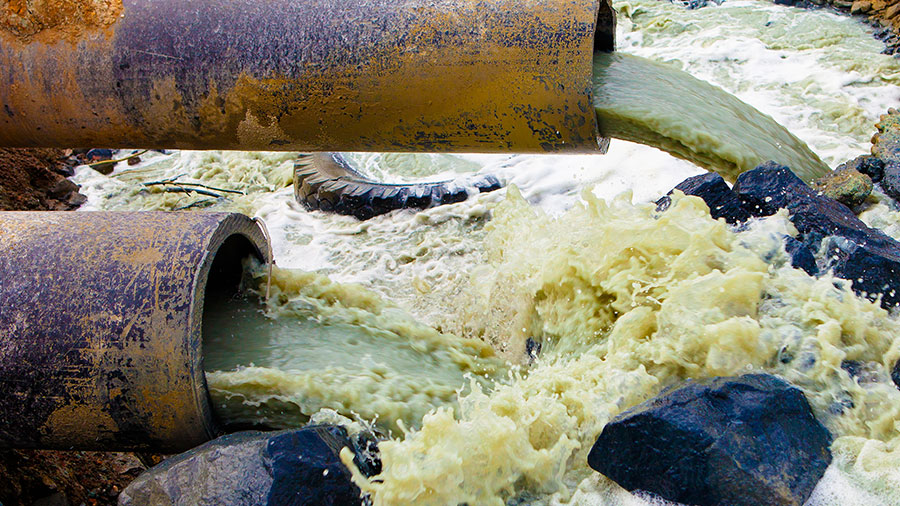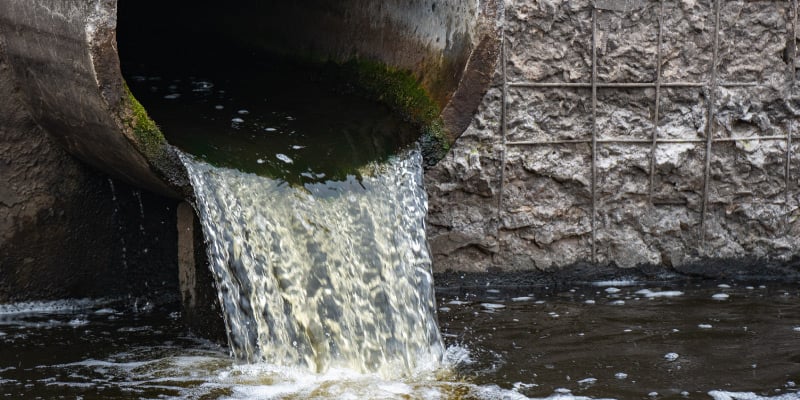How Liquid Waste Disposal Functions: A Thorough Introduction of Techniques and Technologies Used

Review of Fluid Waste Types
The intricacy of liquid waste kinds necessitates a thorough understanding of their characteristics and effects for disposal. Fluid waste can extensively be categorized into a number of types, including commercial, metropolitan, agricultural, and harmful waste. Each classification exhibits distinctive residential properties, calling for details monitoring methods to mitigate environmental and health dangers.
Industrial liquid waste originates from producing processes and commonly includes a series of pollutants, such as heavy steels, solvents, and natural substances. Local liquid waste, mainly making up wastewater from houses and business facilities, has raw material, nutrients, and pathogens (industrial wastewater treatment). Agricultural liquid waste, consisting of drainage from farms, might contain plant foods, pesticides, and animal waste, posing risks to water top quality and ecosystems
Hazardous fluid waste is characterized by its toxicity, reactivity, or potential to cause damage. This group includes substances like acids, bases, and particular chemicals that demand stringent handling and disposal methods. Recognizing these diverse fluid waste kinds is critical for establishing reliable disposal techniques and making sure compliance with environmental policies. Correct classification and characterization are essential for carrying out suitable therapy strategies and minimizing the adverse effects on public health and the environment.
Physical Treatment Methods

Screening is the first step, where larger bits and debris are gotten rid of from the fluid waste making use of screens or grates. This procedure shields downstream tools from damage and makes certain smoother operation. Complying with testing, sedimentation utilizes gravitational force to different solids from liquids. In sedimentation tanks, much heavier fragments settle near the bottom, creating a sludge layer, while the made clear fluid can be further dealt with.
Filtering is one more necessary approach that entails passing the fluid via porous products, such as sand or membrane layers, to catch smaller sized particles. This step enhances the high quality of the liquid, making it suitable for succeeding treatment processes.

Chemical Therapy Strategies
Chemical treatment strategies are essential for successfully handling liquid waste, specifically in resolving dissolved and colloidal impurities that physical methods may not properly get rid of. These methods use various chemical representatives to reduce the effects of, precipitate, or transform unsafe compounds right into less damaging kinds.
One common approach is coagulation and flocculation, where chemicals such as alum or ferric chloride are included in advertise the aggregation of put on hold bits. This process enhances sedimentation, enabling for easier elimination of the resulting sludge. Furthermore, oxidation processes, using representatives like chlorine or ozone, are utilized to damage down complex natural compounds and virus, providing the waste much safer for discharge or further therapy.
Neutralization is another important technique, which changes the pH of acidic or alkaline waste streams to neutral levels, protecting against possible damage to downstream systems and the setting. In addition, progressed oxidation processes (AOPs) use combinations of oxidants and ultraviolet light to degrade persistent toxins, achieving a higher degree of therapy performance.
Biological Therapy Processes
Biological treatment processes play an essential duty in the administration of fluid waste by making use of microbes to decay natural issue and decrease impurity degrees. These processes can be broadly classified right into anaerobic and aerobic therapies, each using particular microbial communities to accomplish efficient waste degradation.
Cardiovascular treatment entails making use of oxygen to facilitate the failure of organic products by microorganisms. This process is frequently implemented in activated sludge systems, where oygenation containers give a favorable atmosphere for microbial development, resulting in the oxidation of natural pollutants. The resultant biomass can be separated from dealt with effluent with sedimentation.
In contrast, anaerobic treatment takes place in the absence of oxygen, counting on different microorganisms to break down raw material. This approach is especially advantageous for high-strength waste, as it produces biogas, a renewable resource resource, while reducing sludge production. Technologies such as anaerobic digesters are often utilized in industrial and municipal applications.
Both anaerobic and cardiovascular biological treatments not only lessen the environmental influence of liquid waste but additionally facilitate resource healing, making them vital elements of lasting waste administration approaches. Their versatility, efficiency, and efficiency support their prevalent execution throughout numerous markets.
Emerging Technologies in Disposal
Cutting-edge techniques to fluid garbage disposal are rapidly evolving, driven by innovations in innovation and a raising focus on sustainability. Amongst these arising technologies, membrane bioreactors (MBRs) have gained grip for their ability to incorporate biological therapy with membrane layer filtration, causing high-grade effluent that can be reused in various applications. MBRs allow smaller sized footprints and extra efficient operations contrasted to conventional systems.
Another encouraging advancement is the use of anaerobic digestion integrated with nutrient recovery technologies, which not just treats fluid waste but additionally produces biogas and recovers important nutrients like nitrogen and phosphorus. This double benefit boosts resource efficiency and decreases environmental impact.
In addition, advanced oxidation processes (AOPs) are being taken on for the deterioration of complex organic contaminants. These approaches make use of effective oxidants and catalysts to damage down impurities at the molecular level, offering a very efficient option for difficult waste streams.
In addition, the combination of synthetic intelligence and artificial intelligence in waste monitoring systems is maximizing functional efficiency and anticipating upkeep, leading to lowered expenses and enhanced ecological compliance. These technologies show a considerable change in the direction of more efficient and sustainable liquid industrial wastewater treatment solutions waste disposal methods.
Verdict
To conclude, efficient fluid waste disposal demands a comprehensive understanding of different methods and technologies. The assimilation of physical, chemical, and biological treatment methods makes sure the effective management of varied waste types. Furthermore, the development of ingenious innovations boosts treatment effectiveness and promotes sustainability in waste administration methods. By continuously progressing these methodologies, it ends up being possible to resolve the expanding challenges associated with liquid waste, eventually adding to environmental management and source recuperation.
Fluid waste disposal is a crucial facet of environmental management, calling for a detailed understanding of different strategies and modern technologies tailored to various waste types. Fluid waste can broadly be classified into several kinds, including commercial, local, farming, and dangerous waste. Agricultural liquid waste, including overflow from farms, might include fertilizers, chemicals, and animal waste, posing dangers to water top quality and communities.
Numerous physical therapy techniques play a vital role in handling liquid waste efficiently - industrial wastewater treatment.In final thought, effective liquid waste disposal demands a comprehensive understanding of different strategies and modern technologies
Comments on “Innovative Industrial Wastewater Treatment Solutions: Securing the Environment”